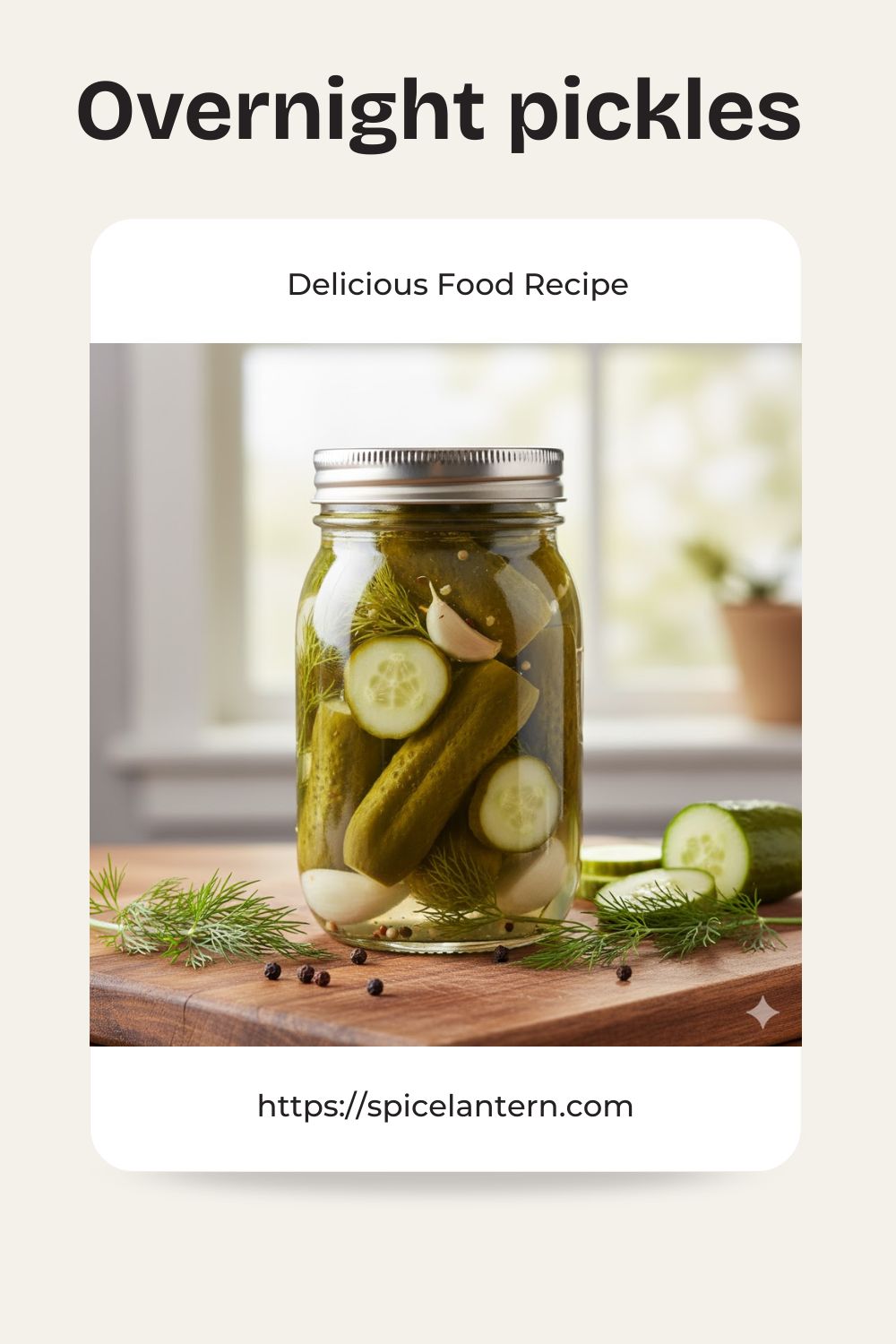Three-Minute Zen: The Ultimate Quick Miso Soup Recipe (Umami Now!)
Let’s talk about that feeling: you’re craving something warm, savory, and deeply satisfying, but you have approximately zero minutes to spare. You know that incredible, soul-soothing Quick miso soup you get at your favorite sushi joint? That umami-packed hug in a bowl? What if I told you you could replicate that magic right now, in the time it takes your kettle to boil? Yes, I’m handing you the keys to immediate Japanese comfort. This isn’t just a recipe; it’s a three-minute ticket to inner zen (and a happy belly).
Why This Quick Miso Soup Recipe Is Your New Kitchen Zen Master
Why bother when you can just buy a dried packet? Because this recipe is awesome, that’s why. It delivers a vibrant, authentic umami flavor and fresh, soft texture that dried packets simply can’t match.
First, the speed is unmatched. We’re talking genuinely 3-5 minutes, max. Second, it’s ridiculously healthy—packed with probiotics (from the miso!), antioxidants, and hydration. Third, it’s incredibly versatile and adaptable, making it the perfect side dish or light lunch. Plus, it’s arguably the cheapest gourmet-tasting soup you can make. Seriously, who needs complicated cooking when you have the power of Quick miso?
Ingredients: The Umami Trifecta
The core of great miso soup is simple: good broth, good miso, and a few quick additions.
H3: The Base
- 4 cups Water: Filtered water is best for flavor.
- 4 teaspoons Dashi Powder (Japanese Soup Stock): The non-negotiable key to umami! This is what gives miso soup its savory depth.
- 2-3 tablespoons Miso Paste (White or Yellow): Crucial! White (Shiro) miso is lighter and sweeter; yellow (Shinshu) is balanced. Start with 2 and add more to taste.
H3: The Quick Fillers
- ½ block (7 oz) Silken or Firm Tofu: Diced into small ½-inch cubes. No cooking needed!
- 2 tablespoons Dried Wakame Seaweed: Found in the international aisle. It rehydrates in seconds.
- 1 Green Onion: Thinly sliced, for garnish and a fresh bite.
Key Substitutions:
- Dashi Swap: For a vegan alternative, steep a 4-inch piece of dried kombu seaweed in simmering water for 10 minutes, then remove. For a faster vegan hack, use vegetable broth and a dash of mushroom seasoning.
- Miso Swap: Red (Aka) miso is stronger, saltier, and earthier—use less and reserve it for robust recipes.
- Tofu Swap: Try small pieces of shredded zucchini or finely diced mushrooms for a veggie boost.
- Wakame Swap: Omit if necessary, but it adds an essential texture and mineral note.
Tools & Kitchen Gadgets Used: Your Instant Soup Station
You need minimal gear for this lightning-fast process.
- Small Saucepan: For heating the water/broth.
- Whisk or Small Spoon: Crucial for dissolving the miso paste without cooking it!
- Ladle: For serving.
- Measuring Cups and Spoons: For accurate flavor balancing.
- Small Bowl (Miso Dissolving Bowl): Highly recommended! For whisking miso into a paste before adding to the broth.
Step-by-Step Instructions: The Art of Not Boiling Miso
The key to flavorful, probiotic-rich miso is heating the broth, then adding the miso off the heat. Boiling miso kills the good stuff!
H3: Step 1: Heat the Dashi (The Umami Infusion)
Pour 4 cups of water into your saucepan. Add the Dashi powder and whisk briefly to dissolve. Bring the dashi liquid to a gentle simmer over medium heat. Do not let it boil!
H3: Step 2: Prep the Fillers
While the dashi heats, dice the tofu into small cubes. Place the tofu cubes and the dried wakame seaweed directly into the bottom of your serving bowls. The wakame will start rehydrating instantly.
H3: Step 3: Dissolve the Miso (The Crucial Step)
Turn off the heat or remove the pot from the burner. DO NOT BOIL THE MISO! Scoop the miso paste into a small bowl. Ladle about ¼ cup of the hot dashi into the miso bowl. Whisk the miso until it forms a smooth, lump-free, liquid paste.
H3: Step 4: Combine the Flavor
Pour the smooth, diluted miso paste back into the saucepan of dashi. Stir gently to combine evenly. Taste the soup. Need more savory depth? Add half a teaspoon more miso (dissolving it first, of course!).
H3: Step 5: Serve and Garnish!
Ladle the hot (but not boiling!) Quick miso soup directly over the tofu and wakame in your serving bowls. The heat will finish rehydrating the seaweed. Garnish generously with the sliced green onions. Serve immediately! You just went from zero to miso in three minutes!
Calories & Nutritional Info: The Healthy-ish Truth
Miso soup is a fantastic low-calorie, nutrient-rich option. These estimates are approximate per 1.5-cup serving.
- Estimated Calories per serving (1.5 cups): 40-70 calories
- Protein: 4-7g (from miso and tofu)
- Fat: 1-3g (from tofu)
- Carbohydrates: 5-8g
- Sodium: High (it’s soup broth!). Opt for low-sodium dashi and measure miso precisely.
- Probiotics: High in beneficial bacteria from the fermented miso paste.
- The Bottom Line: A low-calorie, high-probiotic, and nutrient-dense way to start a meal.
Common Mistakes to Avoid: Stop Killing the Probiotics!
Miso soup is easy, but you must respect the living nature of the paste.
- Boiling the Miso: DO NOT BOIL MISO SOUP! Boiling kills the beneficial probiotic bacteria in the miso paste and dulls the flavor. Always add the miso off the heat after the dashi is ready.
- Not Dissolving the Miso First: Adding miso directly to the whole pot results in lumps that are hard to break up. Always whisk the miso in a small amount of liquid first to form a smooth paste before adding it to the pot.
- Using Too Much Miso: Miso is very salty. Start with the smaller amount recommended and taste before adding more. Over-salting is the fastest way to ruin your soup.
- Adding Miso to Cold Water: Miso needs to be dispersed in warm liquid to blend smoothly. Always add miso to hot dashi (off the boil).
Variations & Customizations: Your Miso Adventure
The beauty of miso is its versatility. Customize your comfort!
- Spicy Chili Miso: Swirl ½ teaspoon of chili garlic sauce or sriracha into the miso paste before dissolving it in the dashi. A little heat elevates the umami perfectly.
- Hearty Mushroom & Ginger: Sauté thinly sliced mushrooms and grated ginger in a separate pan for 2 minutes before making the dashi. Add them to the serving bowl with the tofu.
- Egg Drop Miso: While the dashi is simmering, quickly whisk one egg in a small bowl. Turn the heat to low and drizzle the beaten egg slowly into the simmering dashi, stirring constantly, for a light, protein-rich boost.
FAQ Section: Answering Your Umami Queries
Got more questions about this comforting brew? I’ve got answers.
H3: Q1: What is the best kind of miso to use for quick soup?
A1: White (Shiro) or Yellow (Shinshu) miso are best. They have a milder, sweeter, and more balanced flavor that works perfectly for light soups. Red miso can be too overpowering.
H3: Q2: What is dashi and can I make it myself?
A2: Dashi is the fundamental Japanese stock, providing the umami. It’s usually made from dried bonito flakes and kombu seaweed. You can make it yourself by simmering kombu seaweed and bonito flakes for 10 minutes, then straining. Dashi powder is the fast track!
H3: Q3: Does miso soup contain probiotics?
A3: Yes, it does! Miso is a fermented paste, meaning it is rich in beneficial, live probiotics (as long as you do not boil the final soup!).
H3: Q4: Why did my tofu sink to the bottom of the bowl?
A4: Silken tofu is very delicate and prone to sinking. Firm or extra-firm tofu holds its shape better and stays suspended longer.
H3: Q5: Can I make a large batch of miso soup ahead of time?
A5: Yes, but only the dashi broth! Prepare the dashi (Step 1) and store it in the fridge. Add the miso paste (Step 3) and fillers just before serving to retain the probiotics and fresh flavor.
H3: Q6: What does miso paste taste like?
A6: Miso paste tastes intensely umami (savory), salty, and slightly sweet/earthy. The flavor varies based on the type (white is sweet, red is savory/salty).
H3: Q7: Can I use fresh ginger instead of dried?
A7: Yes! Always use freshly minced or grated ginger. It provides a much brighter, more authentic flavor and aroma than dried ginger powder.
Final Thoughts: Instant Comfort Achieved!
You did it! You’ve whipped up a batch of authentic, quick, and incredibly soul-soothing Quick miso soup. Go ahead, take a proud sip. Doesn’t that warming, savory umami taste exactly like the instant gratification you deserved? I knew it would. You are now the master of the three-minute culinary miracle. Are you ever going back to sad, dried packets again? I highly doubt it. Enjoy your warm, comforting victory!







